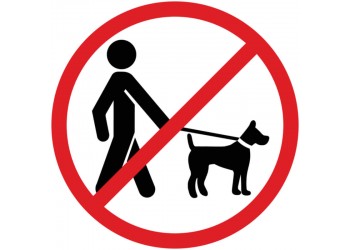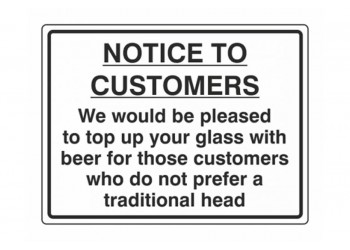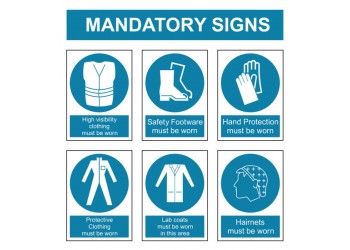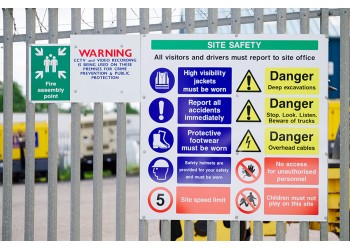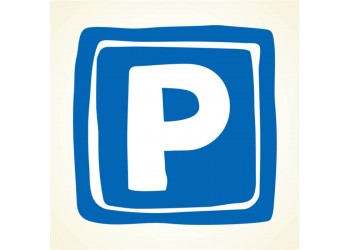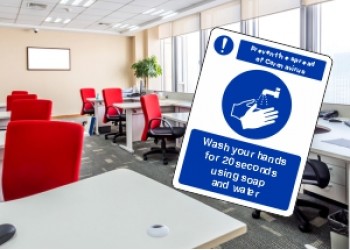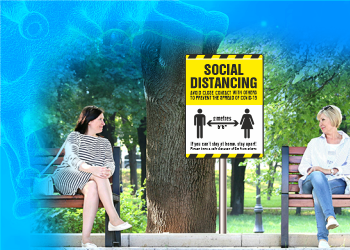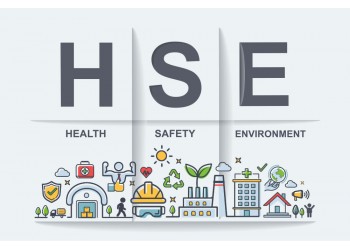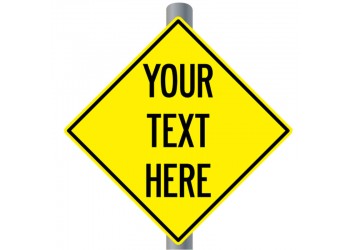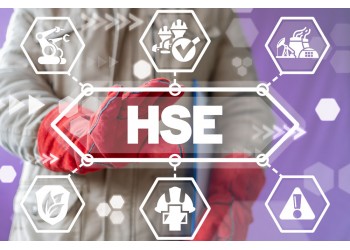Whether you own a large outdoor space or manage one publicly, having the right tools to manage its maintenance is important. It allows you to regulate the movement of animals and their owners, reducing the amount of waste and protecting the landscape from damage. And, while most people will be fully aware of their requirements when using this space, having the right signs will give peace of mind and reassurance that the right information is being shared.
Types of dog walking signs available
The type of sign needed for your outdoor environment will depend on any restrictions, requirements or previous activity that has taken place there. With all health & safety specifications, it’s important to do a risk assessment and identify any hazards that may occur. Perhaps a hidden area of your outdoor park is regularly used for dogs to foul in. Or maybe you find that dogs let off of their leads in another area put them at a greater risk of an accident. Knowing this information will ensure you provide and display the right signs in the right locations. The main dog signs available include:
-
-
Keep Dogs On A Lead
-
Even in the most dog-friendly parks, there may still be areas where it is safer for a dog to be kept on its lead. This could be due to the proximity to the main road, access to somebody else’s property or to give respite to park users who aren’t as dog-orientated. Clear instructional signs are the best way to get this message across. Place them on entrance ways and areas where dog walkers are likely to gain access to your space.
-
-
No Dogs In This Area
-
There will be places in your area where you wish to restrict access by dogs and their owners. This could be near restaurants, play areas or picnic corners. In these environments, you may consider hanging a ‘No Dogs In This Area’ sign in the entranceway or surrounding area. Some areas are more specific and state the area of restriction – for example, a playground area. Alternatively, they can just have a firm message to eliminate the presence of dogs in any given space.
-
-
Clean It Up
-
You would expect a responsible dog owner to take care of their pet’s waste and remove it from your site. However, some would rather turn a blind eye and walk away. This is where Clean It Up signs come into play. They offer a handy reminder that visitors are responsible for their animal’s waste and that it should be removed and properly disposed of. With many of these signs, there is space to personalize them with a maximum penalty message too, reinforcing the restriction to all users.
-
-
Guide Dog
-
There are some environments where general dogs won’t be admitted but guide dogs will. This is for the safety of the walker and is information that needs to be signposted clearly. In doing so, you prevent confusion and allow people to use your space freely.
-
-
Dogs Allowed
-
And, in some environments, dogs are welcomed in as part of the family. In this setting, a Dogs Allowed sign will inform owners and allow them to enjoy added amenities without worrying about their pet.
No matter what restrictions your outdoor space has or what information needs to be passed on to users of your facility, the right sign helps you to do this in a clear, concise way. Here at Lasting Impressions, we design and manufacture safety signs for all needs. If you would like more information about our dog signs, get in contact with our team here today.
